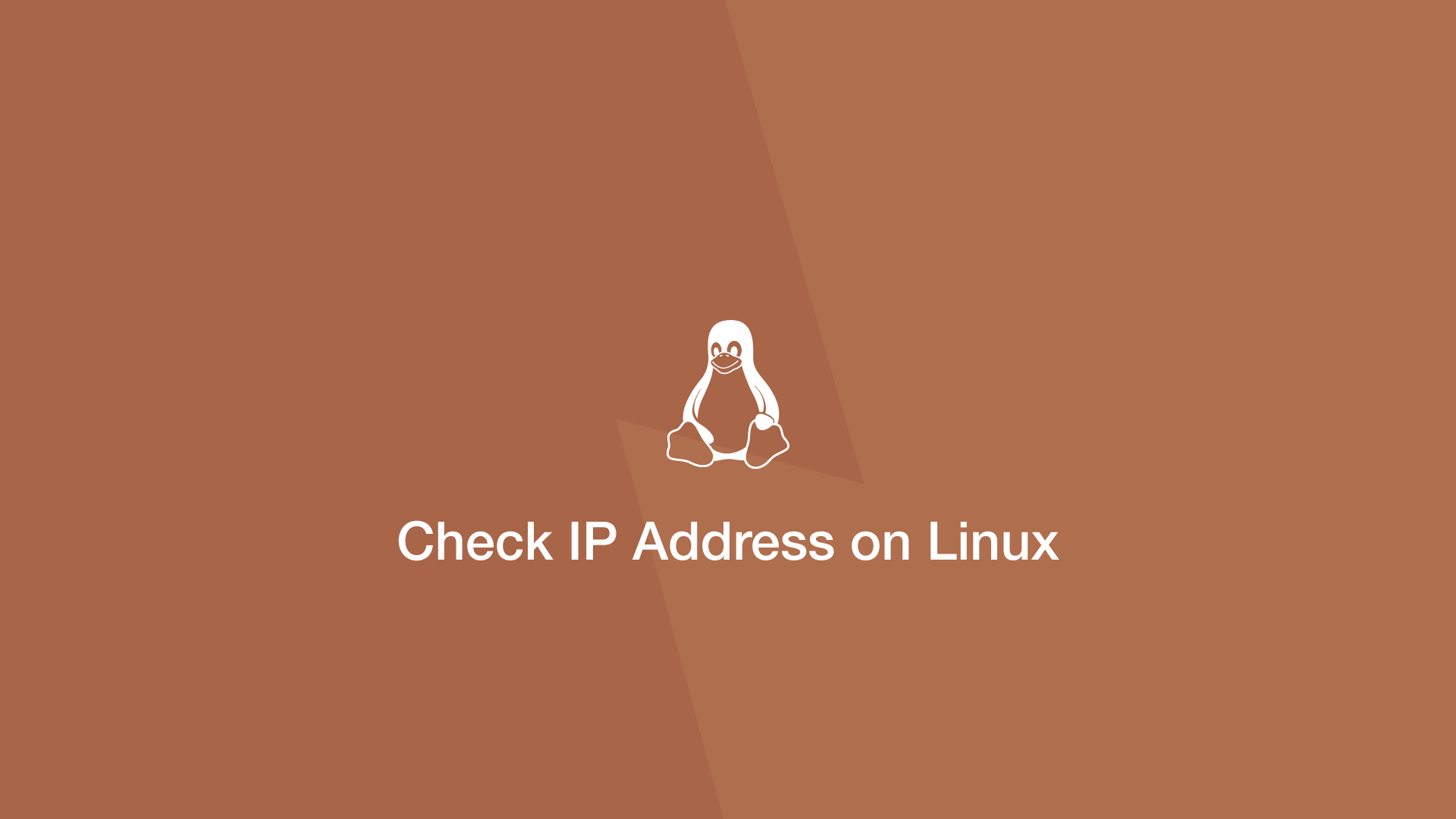

But the good news is, because you are connected to a network and it's the network's IP address being shared, your precise location is not shared.įor instance, you may send an email from your home, and someone may be able to know the city from which it was sent, but it’s highly unlikely they’ll be able to access any other granular information about you. This most personal kind of information that can be shared in IP address itself is geolocation. What sort of personal information is shared with an IP address? All the same, whether someone knows the address of your computer or your network, these numbers are able to tell a bit about who you are and what kind of sites you surf.

When you send an email or visit a website, the IP address being shared is that of your local router - provided by your Internet Service Provider (ISP) - and not the individual address assigned to your computer. Think of routers as the bridge between the network within your house (or business, library, coffee shop, etc.) and the outside world network (that is, the internet). Routers, instead, connect to individual computers, and it's the routers that then connect to the rest of the internet using their own individual IP address. While every computer is given its own IP address, the outside world rarely has access to it. so 255.0.0.Account icon An icon in the shape of a person's head and shoulders. netmask is 255.255.255.0 and if we had /8 this means 8/8 = 1 one block is fixed. so now our netmask would be 255.255.192.0 which means we can have 64*256 address.įurther, if it was /24 this means 24/8 = 3 three blocks are fixed and one is variable. Now lets say we had /18 which is not completely divisible by 8, so 18/8 = 2(fixed blocks) and 2 is left so now divide 256 twice which is 256/2 = 128, 128/2 = 64 so we got 64 now 256-64 = 192.
Ip address menu free#
So now if we write ip like 10.10.0.0/x so now x/8 = total number fixed blocks we have.Įx: if we have /16 so 16/8 = 2 this means we have 2 blocks free so now ip would be 10.10.0.0 so here first two blocks are fixed and we can have 0-255 in each last two blocks soĢ56*256 = 65536(address we can have) and in netmask would be 255.255.0.0 So a,b,c,d individually can have values 0-255 so which gives us 2^3(max length is 3) = 8. One another simple explanation can be, how many address you can have in one range.Įx: you have an ip a.b.c.d/x. When converted from the base 2 number system of binary into the base 10 number system of the decimal version of the IP address, it therefore equals 255.255.0.0.Ī /9 subnet mask would be 11111111.10000000.00000000.00000000, or 255.128.0.0.Ī /30 subnet mask would be 11111111.11111111.11111111.11111100, or 255.255.255.252 which is great for creating a network that only accounts for 2 routers or layer 3 switches because there are only 4 total IP addresses and only 2 of those are usable host IP addresses.Ī lot can be done with subnetting, but subnetting is a whole new monster to tackle if you are just getting started. The amount of ones in the subnet mask is equal to the number of the abbreviation.įor example, the /16 subnet mask you asked about would have 16 ones in a row, the rest of the numbers being zeros. The binary version of a subnet mask is going to be comprised of ones and zeros just as the binary verison of an IP address would be, however, the ones in a subnet mask are all consecutive. The slash following the IP address is the abbreviation for the subnet mask. It's like a binary network gang thing, you are in or you are not. So now a computer knows that any address from 10.10.0.0 to 10.10.255.255 is part of its network and any other address is not. This will give you the Network Address for the subnet. Perform the ANDing operation on the two addresses. The network address space is assigned to you, the host address space you define which device receives what address in the host space.Ī computer performs binary math of ANDing the IP address and the network mask. The subnet mask is a way to calculate the network portion of the address space and the host address space. You place a mask over what you DO NOT want to paint on. The subnet mask is like masking when painting. It represents the bit length of the subnet mask, as indicated above. The / is how a computer can quickly calculate what is part of its network and what is not.


 0 kommentar(er)
0 kommentar(er)
